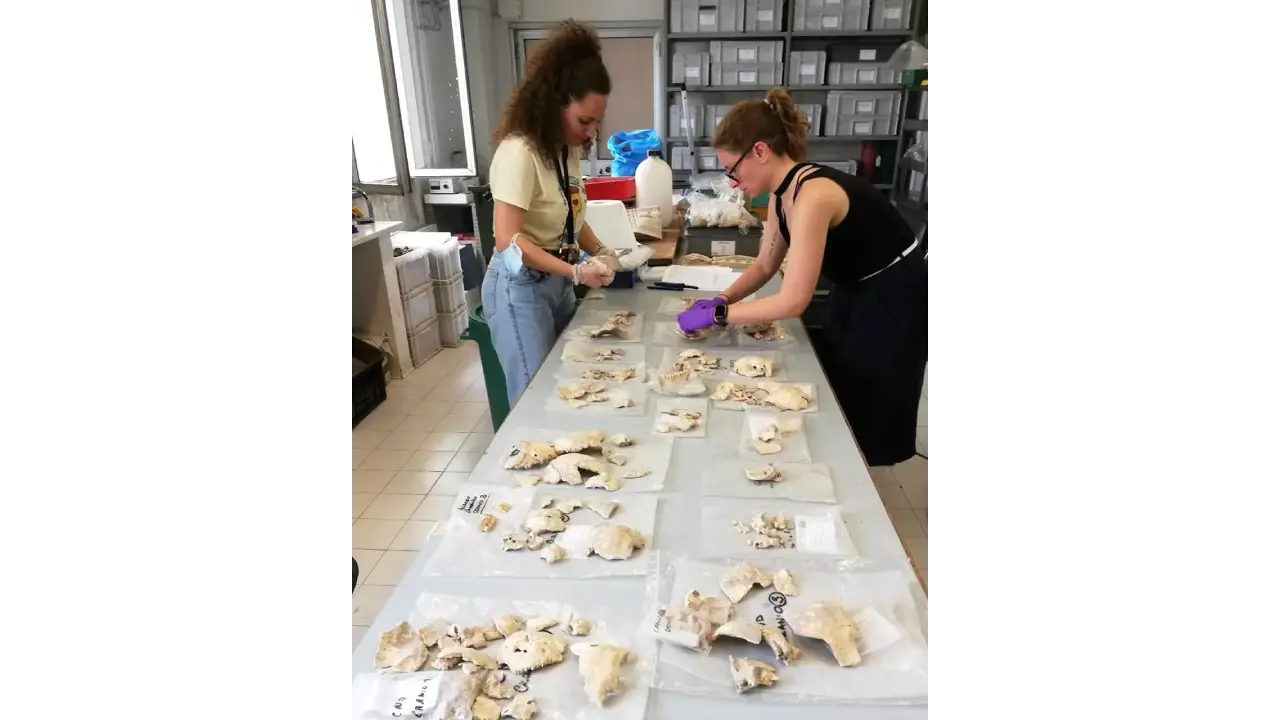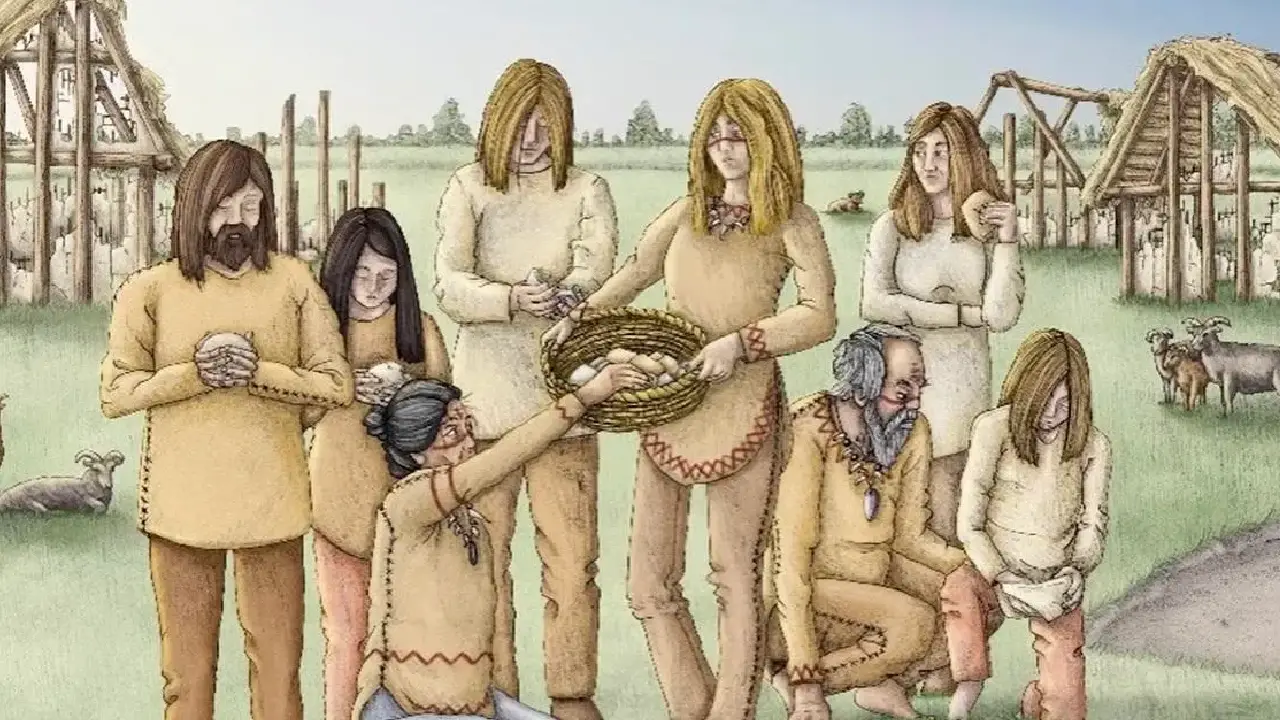Ancient Neolithic Skulls Discovered in Italian Village Reveal Ritual Significance
Archaeologists have made a remarkable discovery in the ancient Neolithic village of Masseria Candelaro in Puglia, Italy: a collection of 15 human skulls, primarily belonging to males, uncovered in a sunken structure referred to as “Structure Q.” This intriguing find, recently published in the European Journal of Archaeology, offers a unique glimpse into the spiritual and ritualistic practices of Stone Age societies and their profound connection to human remains.
The Setting: A Multifunctional Structure
Unlike conventional burial grounds, Structure Q was not a designated cemetery. Instead, the skulls were found stacked within a space that appeared to serve multiple purposes over time. This subterranean structure contained alternating layers of domestic debris and ritual objects, suggesting it was initially used for daily activities before being repurposed for ceremonial functions. Radiocarbon dating of the skull fragments places their origins between 5618 and 5335 BCE, spanning a period of nearly 300 years—equivalent to six to eight generations.
The discovery highlights the enduring significance of these remains, as the bones were likely exhumed from burial sites and carefully curated for ongoing ritual use. Notably, the fragments bore no signs of trauma, cut marks, or other indications of violence. This evidence rules out the possibility that the skulls were trophies of war or remains of individuals who died violent deaths. Instead, the patterns of breakage suggest that the bones were intentionally retrieved and actively handled as part of a longstanding ritual tradition.

Ritual Significance and Ancestor Worship
Bioarchaeologist Michael Thompson, the study’s lead author, explained that human bones held a potent symbolic meaning for Neolithic societies. “Human bone had a specific kind of meaning, and perhaps was understood to be an efficacious or potent substance, given the regularity with which it was interacted with,” Thompson remarked. The researchers propose that the skulls were venerated as part of ancestor rituals rather than standard funerary practices.
In many ancient cultures, ancestors were believed to possess spiritual power and served as moral guides for their descendants. The skulls at Masseria Candelaro may have been seen as “working ancestors”—objects of reverence that were manipulated and circulated to maintain their symbolic value rather than preserved for physical integrity.
Ritual Decommissioning and Final Placement
Eventually, the skulls were placed in Structure Q in what researchers describe as a “post-use-life decommissioning.” This process marked the symbolic retirement of the skulls once their ritual purposes were fulfilled. Lightly covered with soil and left in a heap, the final arrangement suggests a deliberate act of closure rather than neglect.
A New Perspective on Neolithic Practices
This discovery sheds light on the complex funerary and ritual behaviors of Neolithic societies in southern Italy. Combining bioarchaeological, taphonomic, and isotopic analyses, the study reveals how human remains were not merely relics of the past but active components of community rituals. The evolving nature of the cranial cache—added to, altered, and augmented over centuries—points to a dynamic tradition deeply embedded in the culture.
The researchers also caution against simplistic interpretations of gender and power dynamics within these practices. While the majority of the skulls were male, this does not necessarily imply a patriarchal society. Instead, the ritual use of male skulls might reflect specific kinship structures or ceremonial roles tied to age and gender within a heterarchical social framework.
As Thompson and his team note, “What ‘ancestors’ meant varied widely, and at Candelaro, it signified a dynamic process of interaction and transformation, not static reverence.”
Expanding the Understanding of European Prehistory
The discovery of the Masseria Candelaro skull cache enriches our understanding of the diverse funerary practices and symbolic behaviors in Neolithic Europe. It highlights the sophisticated ways ancient societies engaged with their dead, using human remains as powerful symbols in rituals that spanned generations.
This remarkable find not only underscores the significance of ancestor veneration in prehistoric Italy but also challenges modern assumptions about the spiritual and social lives of early human communities. It stands as a testament to the complexity of human culture and the enduring importance of the past in shaping ancient societies.

Leave a Reply